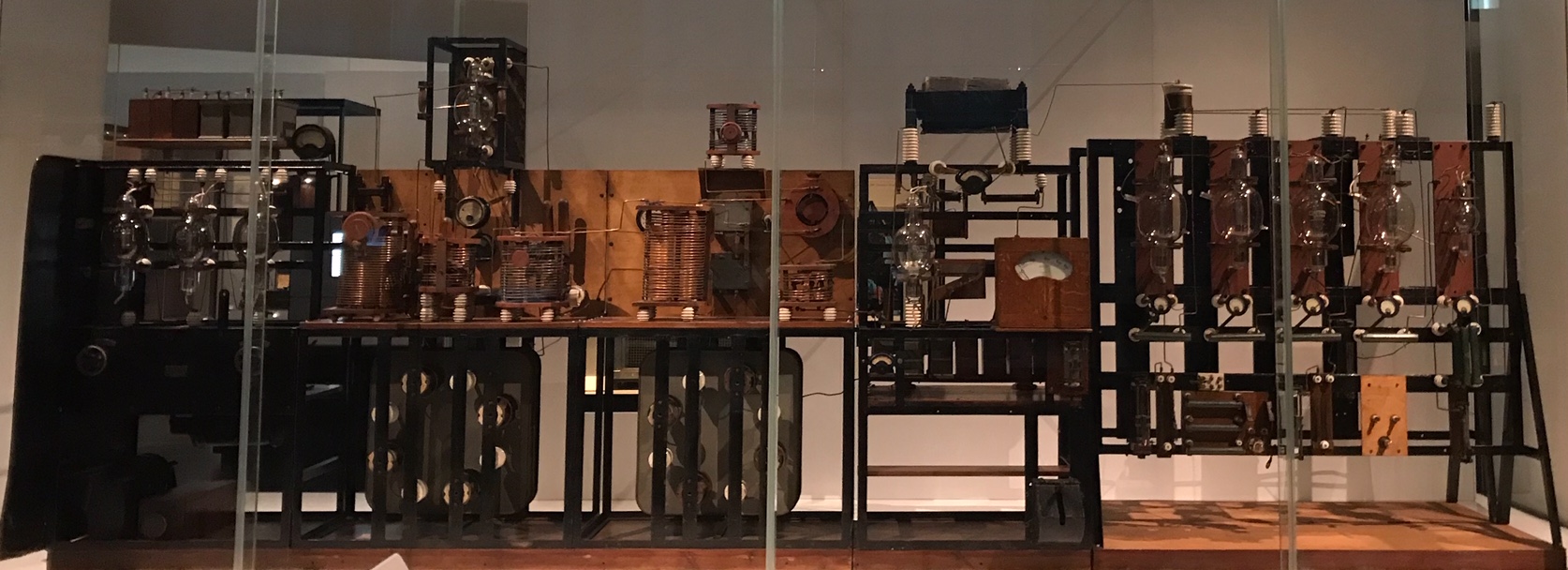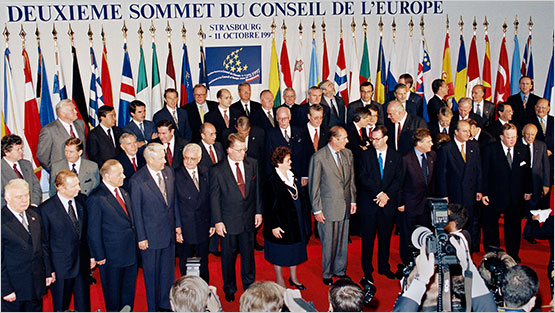Asset Publisher

From indifference to difference: a Bosnian story
Bosnia and Herzegovina – 1997
Simona GRANATA-MENGHINI and Tanja RAKUSIC-HADZIC

Sarajevo, 13 October 1997. The late autumn morning was like any other, rainy and miserable. The smell of soot and snow was inescapable. The many wood and coal burners of the city churned out this foul smelling smog as Sarajevo was getting ready for its second post-war winter without fully functioning heating systems. We were getting ready to travel to Bijeljina, a small town on the Boznia and Herzegovina border with Serbia, and to visit its district court, military court, and the prison. We were two people from the Office of Human Rights Ombudsman for Boznia and Herzegovina – Simona, the Deputy Ombudsperson, and Tanja, one of the six domestic case lawyers, a colleague from the Office of High Representative for Boznia and Herzegovina and our driver.
The Dayton Peace Agreements of 14 December 1995 had put an end to the war and had provided Bosnia and Herzegovina with a brand new constitution – Annex IV – which set out a state composed of two entities, the Federation of Bosnia and Herzegovina and the Republika Srpska. It incorporated the European Convention on Human Rights into the Bosnian legal system and made it directly applicable, and established, in Annex 6, a two-folded human rights protection mechanism: the Human Rights Ombudsman and the Human Rights Chamber of Bosnia and Herzegovina. The Committee of Ministers of the Council of Europe appointed the international members of the Human Rights Chamber. The Ombudsperson was appointed by the OSCE upon designation by the international community. The European Commission and Court of Human Rights seconded a series of their own lawyers to serve successively as Deputy Human Rights Ombudsperson and as Registrar of the Human Rights Chamber respectively, so that they could assist with the setting up of these Bosnian institutions which echoed the Strasbourg machinery.
A Council of Europe office was opened in Sarajevo in April 1996.
The office of the Human Rights Ombudsman had started functioning in March 1996. Earlier in 1997, it had opened an investigation into the case of M. v. Republika Srpska on the ground of his extended and allegedly illegal deprivation of liberty. The Republika Srpska authorities had responded positively to the request for the provision of all documents relevant to M.’s detention, and we had received quite a sizable file of different court documents but we had not learnt anything new, or at least anything that we had not already heard from M.’s mother, who had filed the application. There was also a specific document that was not to be found in the case file, and which we wanted to recover if it existed.
In fact, the mission was not originally planned to include M. We were going to discuss the notorious case of the “Zvornik 7”, a case everybody in the country knew, sadly, very well, as it was the object of much attention from the international community and the press. But Tanja wanted us to see M. She insisted. “Simona, you must meet this man.” Tanja was persuasive and she had also proven to be invariably right, so we made appointments to discuss his case and to visit him in prison.
M.’s story was one of the typical Boznia and Herzegovina melting pot war stories about people who all their lives had believed that they were the natural expression of what Bosnia symbolised, with its multiethnic, multicultural and multireligious people living together for centuries, being born and living in these mixed communities, being born into marriages in which nationality or religion did not play any role. This belief was dramatically proven wrong by the war. The tactics of the nationalist political parties in power on any side of the fences was indeed to make people believe that they were only valued as long as they were good Serbs, or good Croats or good Bosniacs, and that they had to stick together as communities opposed to each other. Children from mixed marriages – mixed breeds, these “mongrels”, simply did not count.
If you wish to continue your reading, you may buy the book "Europe: a human enterprise".
Simona GRANATA-MENGHINI
Simona graduated in law, and practised international law in Milan before joining the the European Commission on Human Rights at the Council of Europe in 1994. From 1997 to 1999 she was Deputy Human Rights Ombudsperson of Bosnia and Herzegovina. She then returned to Strasbourg, where from 1999 to 2000 she worked at the European Court of Human Rights. In 2001 she joined the Venice Commission as Head of the Constitutional Co-operation Division. Since 2010 she has been the Deputy Secretary of the Venice Commission.
Tanja RAKUSIC-HADZIC
Born in Sarajevo (Bosnia and Herzegovina) in 1964, Tanja made a major shift in her career, from commercial to human rights law immediately after the war in Bosnia and Herzegovina, when she joined the office of the Human Rights Ombudsman in 1996. After four years she moved to the office of the High Representative for Bosnia and Herzegovina. In 2003 she joined Council of Europe office in Sarajevo and one year later she moved to the Council of Europe headquarters in Strasbourg. Since 2007, as head of Criminal Law Co-operation Unit, she has been in charge of co-operation with member states through the provision of technical assistance to prisons, the police and probation within the Directorate General of Human Rights and Rule of Law.




ba05.jpg?version=1.0&t=1568378633878&download=true)